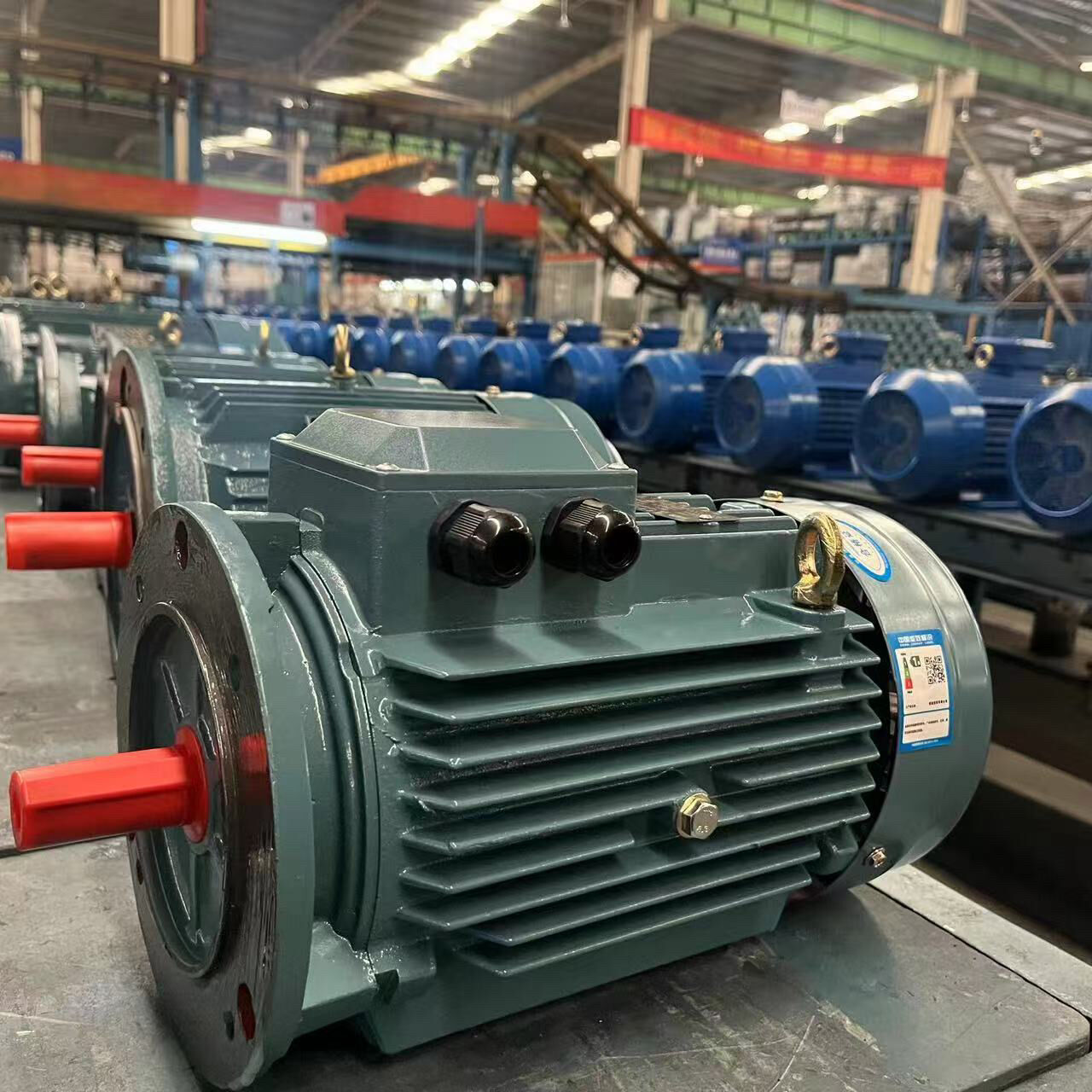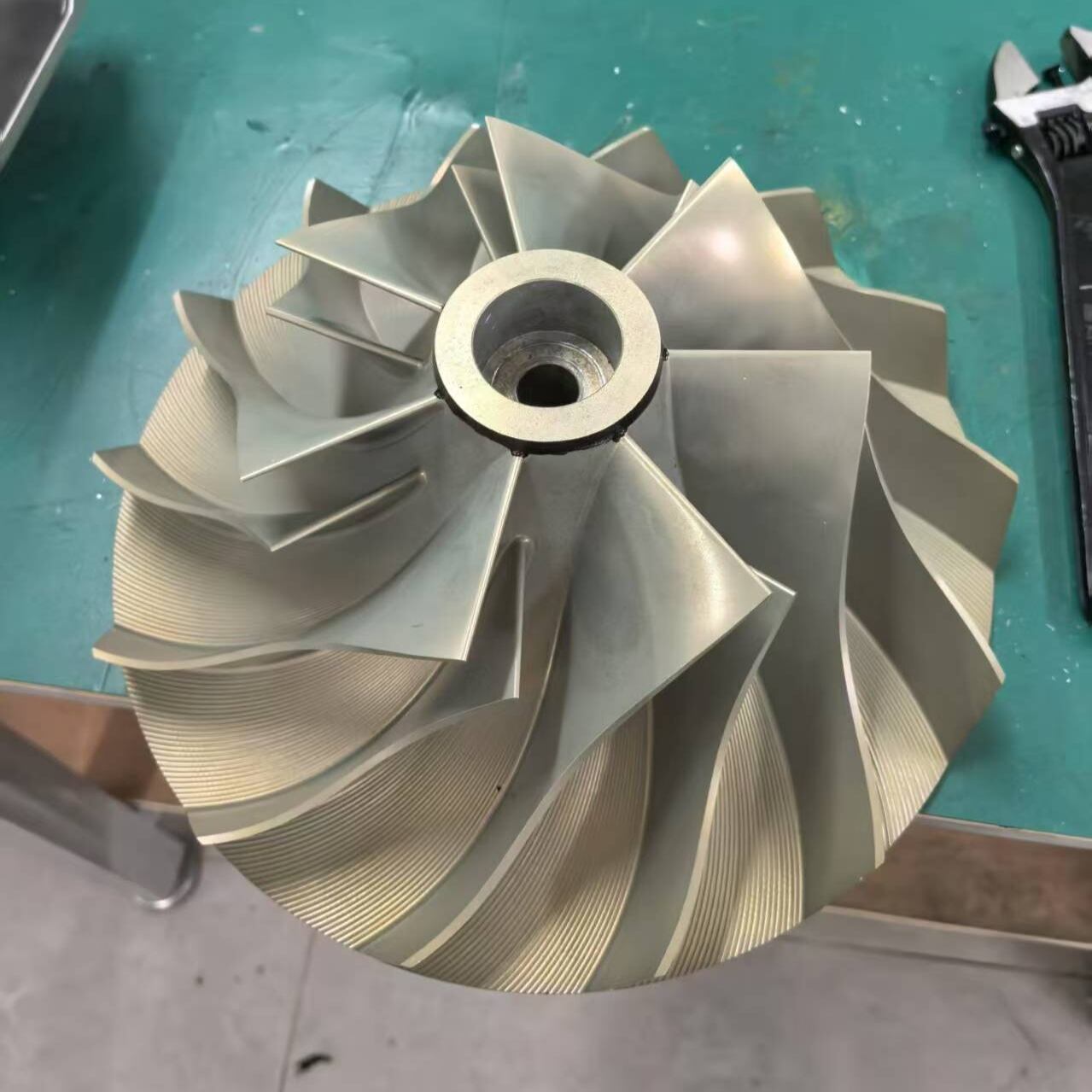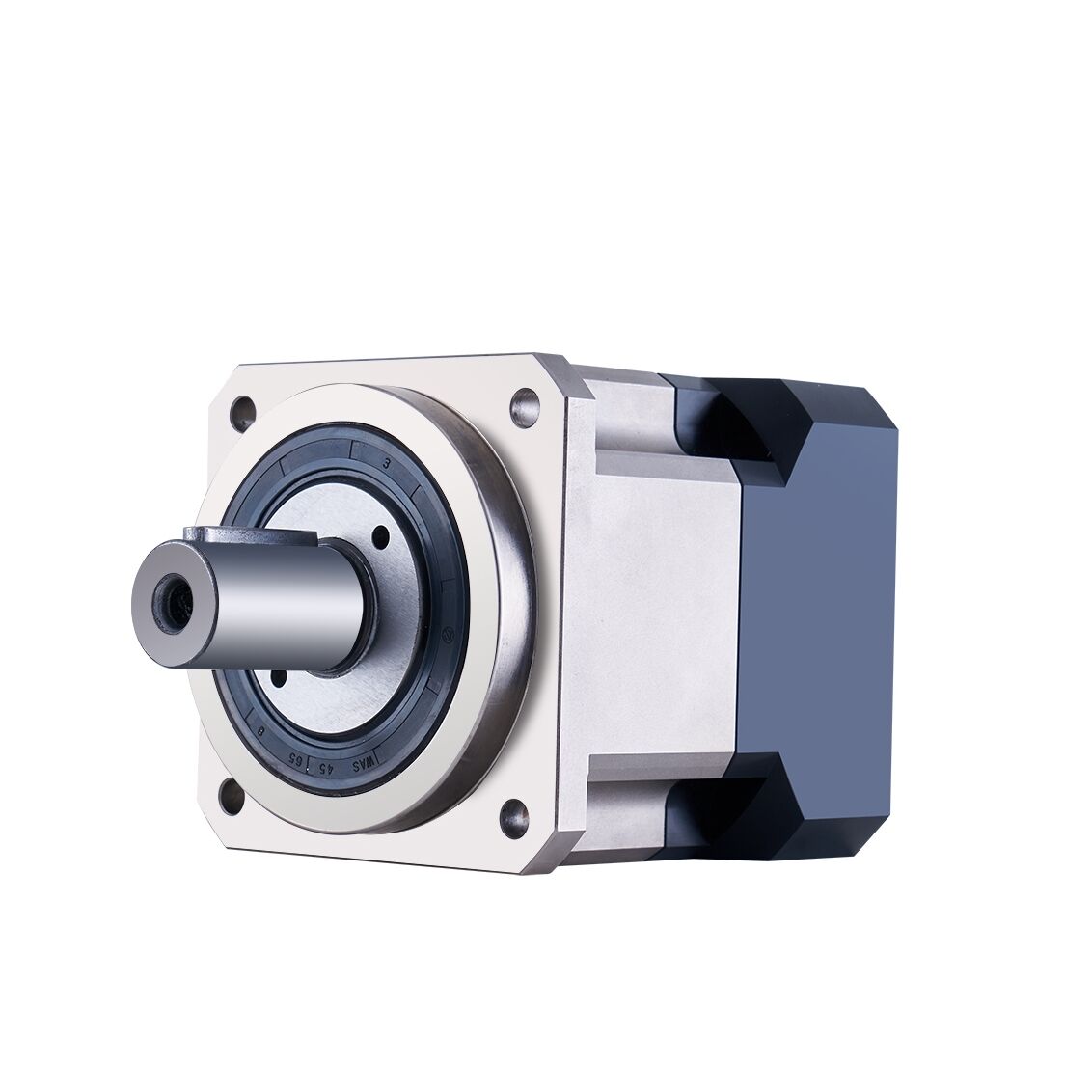asynchronous motor types
Asynchronous motors, also known as induction motors, represent a cornerstone of industrial power systems, characterized by their robust design and reliable operation. These motors operate on the principle of electromagnetic induction, where the rotating magnetic field in the stator induces current in the rotor, creating torque. The most common types include squirrel cage and wound rotor motors, each serving specific applications. Squirrel cage motors feature a simple rotor construction with aluminum or copper bars, making them highly reliable and maintenance-free. Wound rotor motors, conversely, incorporate a wound rotor with slip rings, offering superior starting torque and speed control capabilities. These motors find extensive applications across various industries, from manufacturing and mining to HVAC systems and conveyor belts. The technology behind asynchronous motors has evolved significantly, incorporating advanced materials and design improvements that enhance efficiency and performance. Modern variants often include features such as variable frequency drive compatibility, thermal protection systems, and optimized cooling designs. Their widespread adoption is attributed to their simple construction, cost-effectiveness, and ability to operate under varying load conditions without significant performance degradation.



